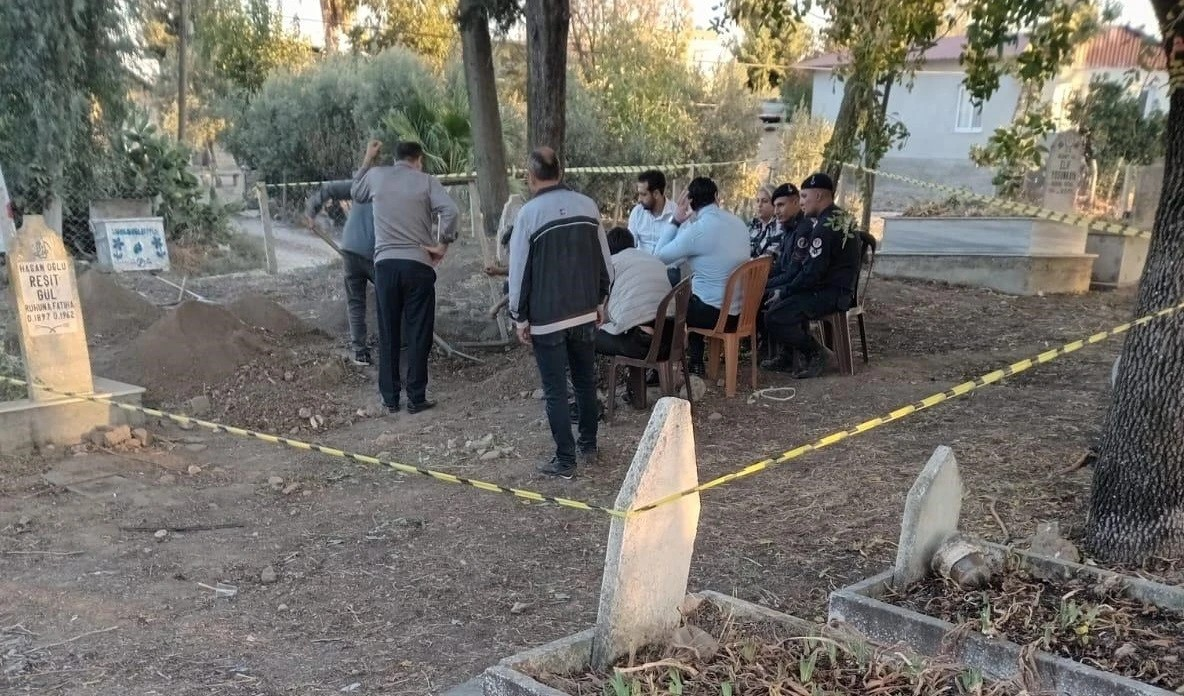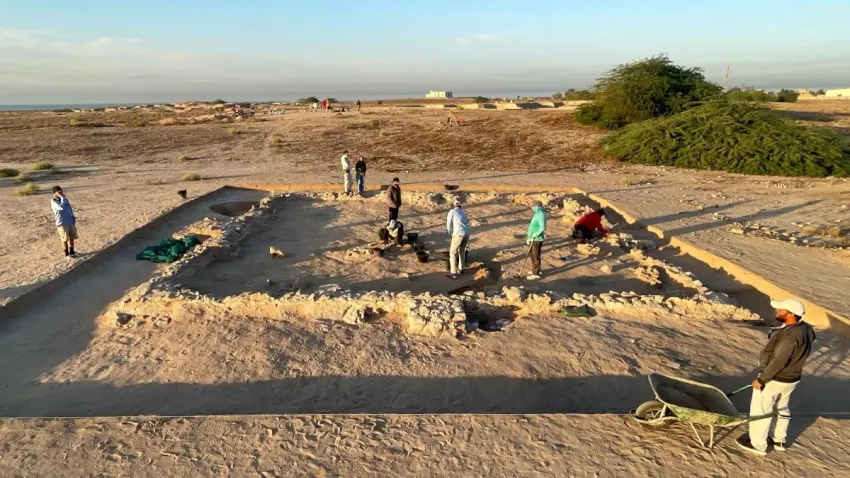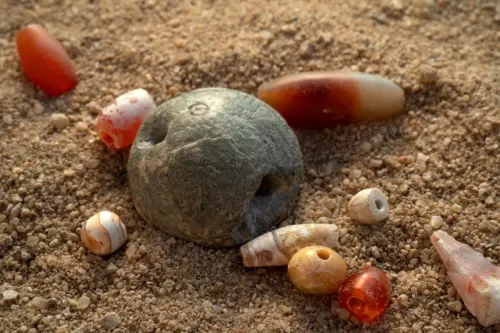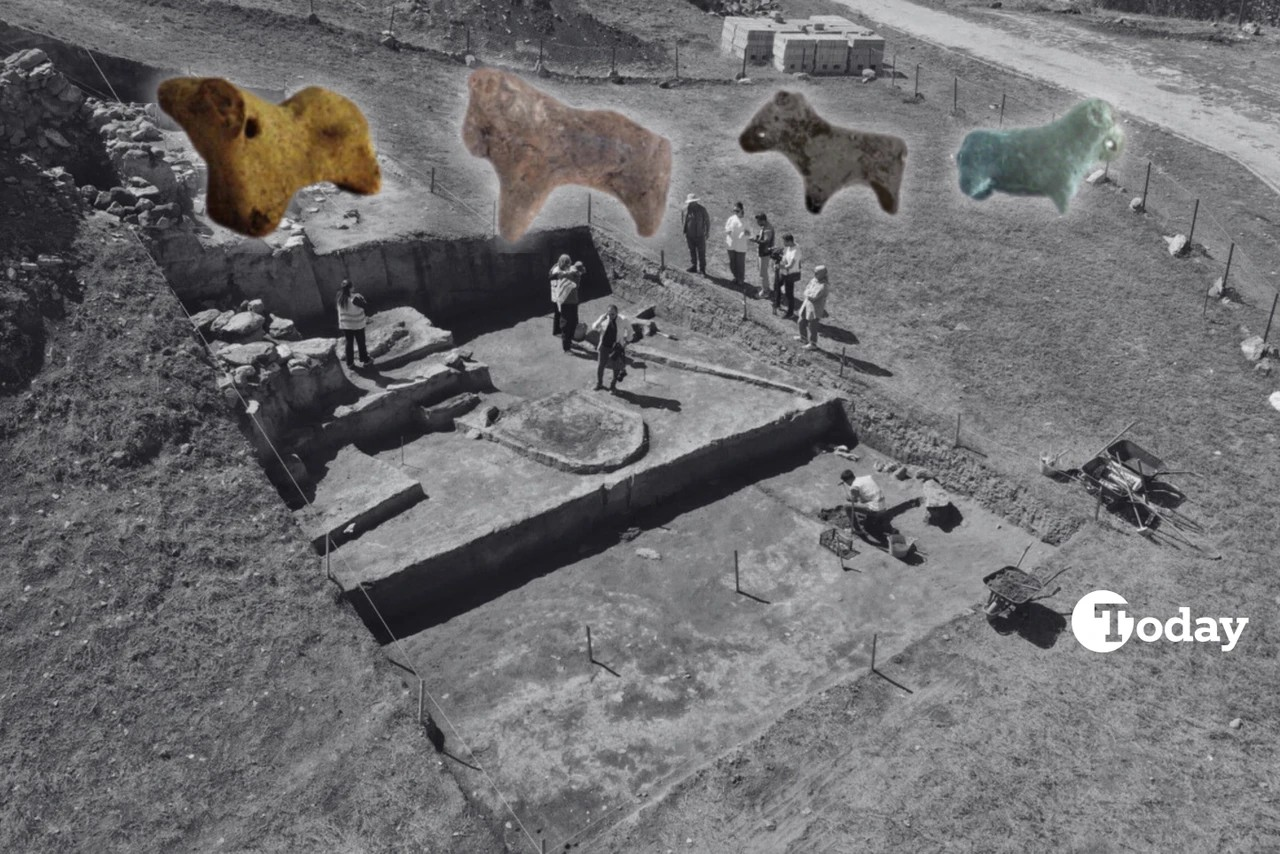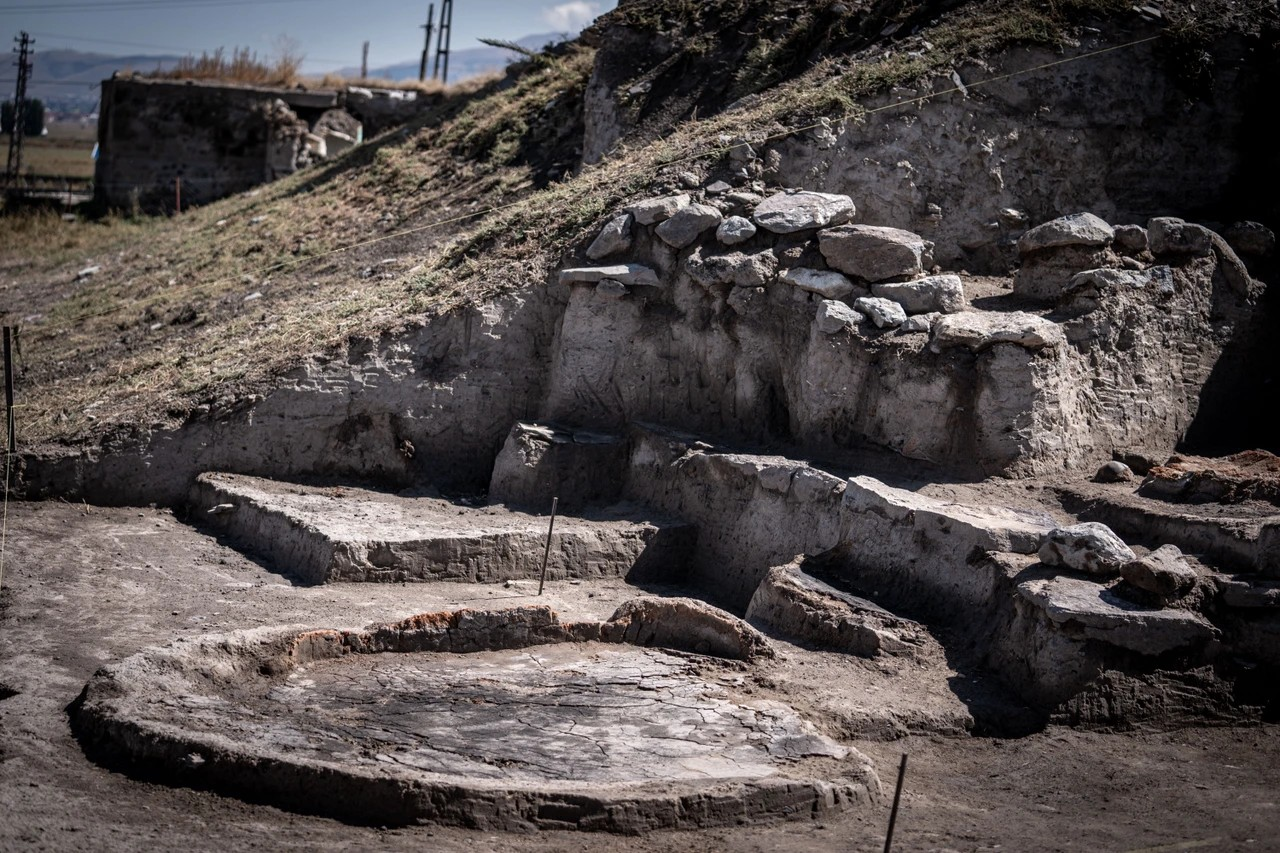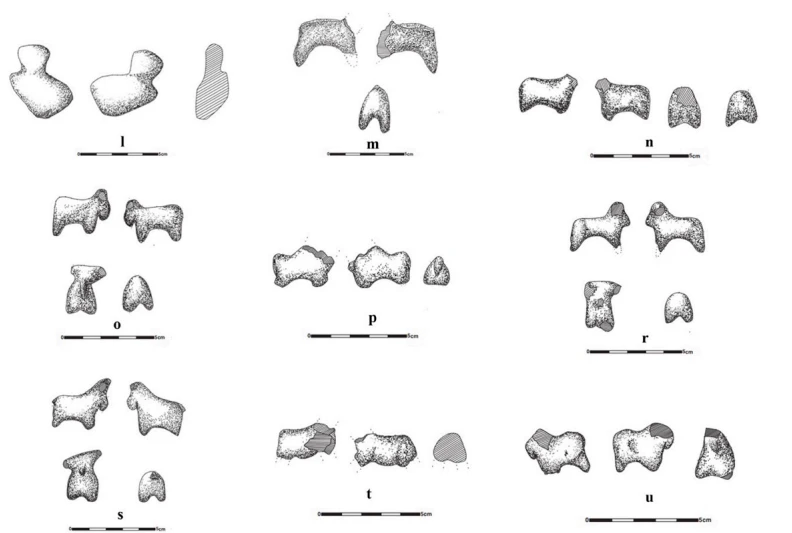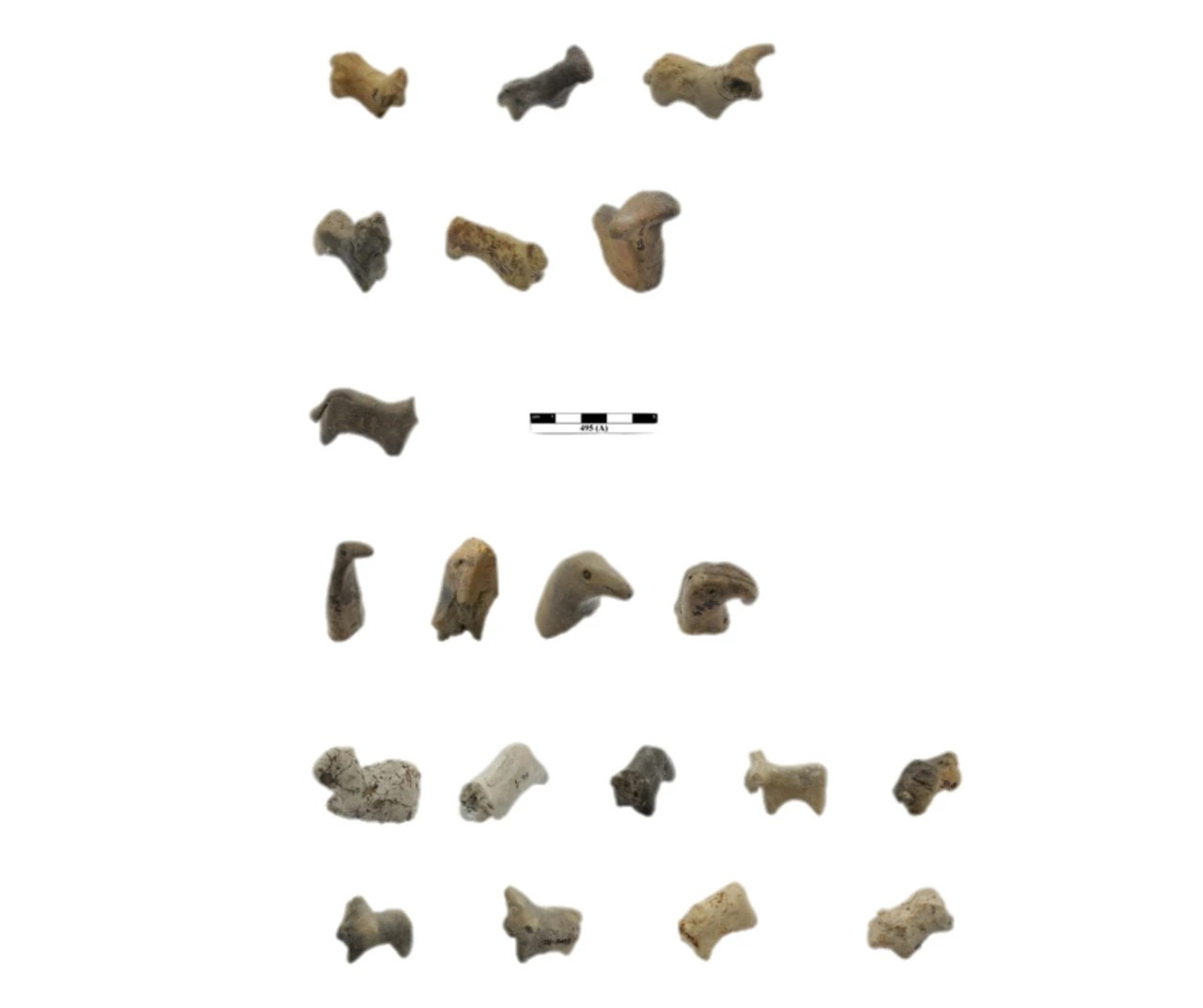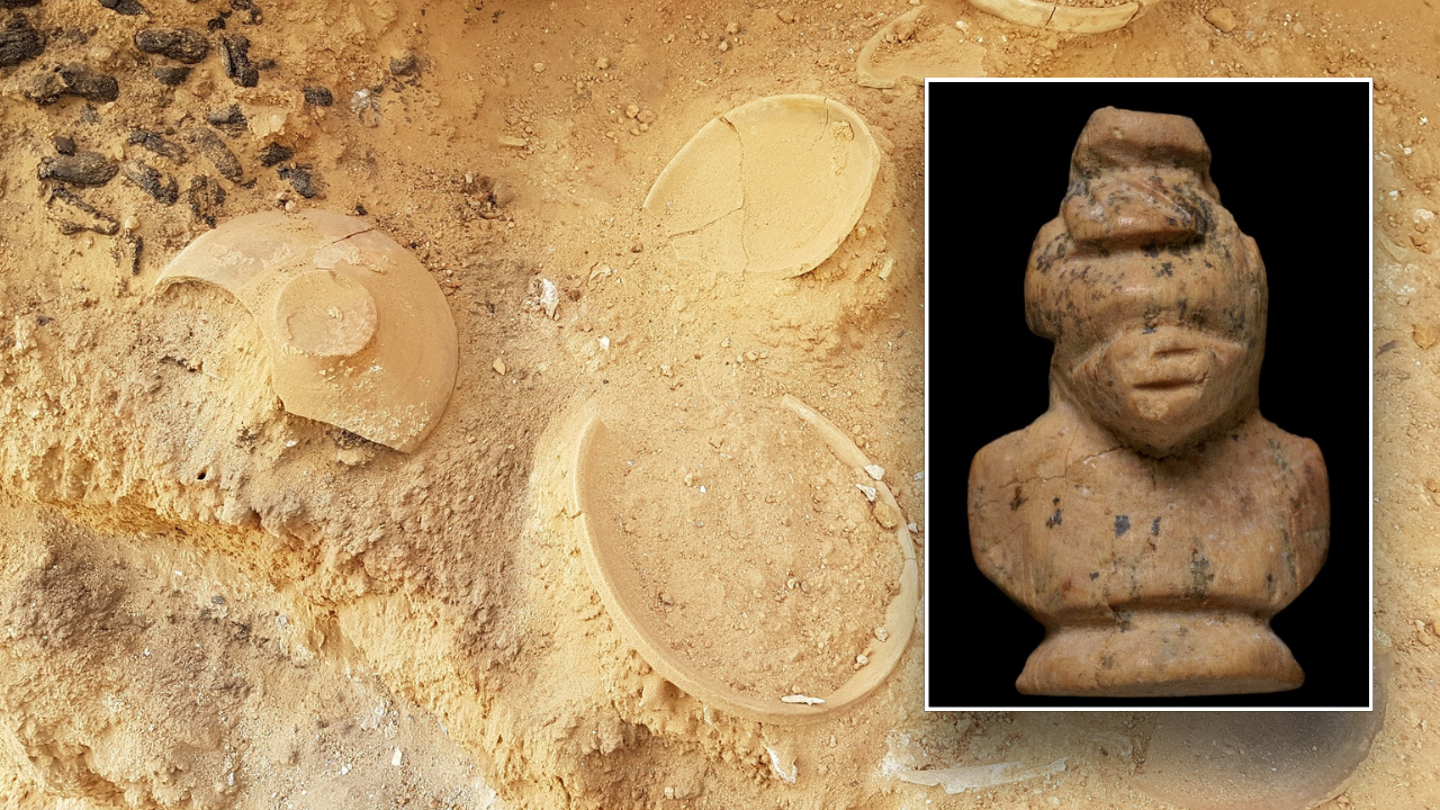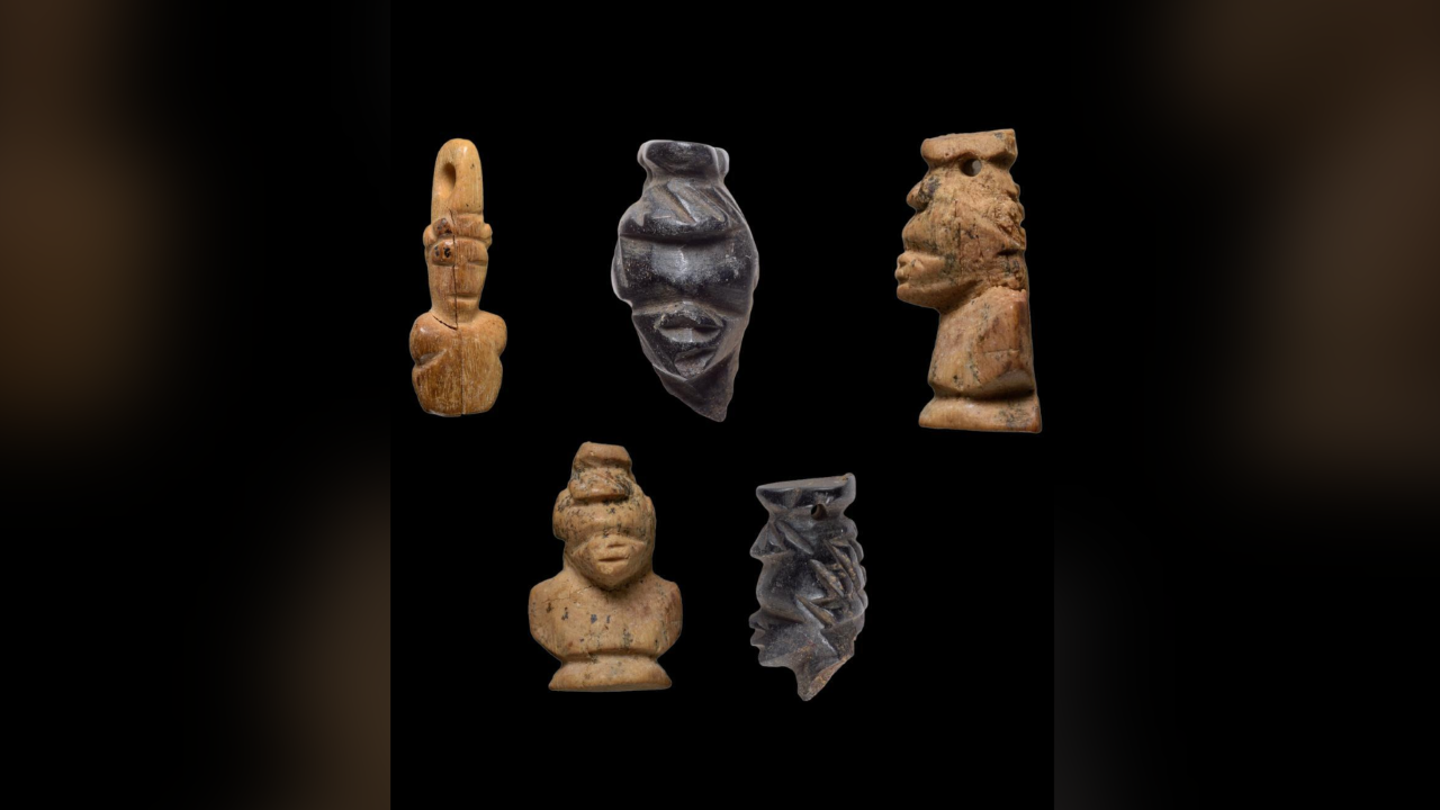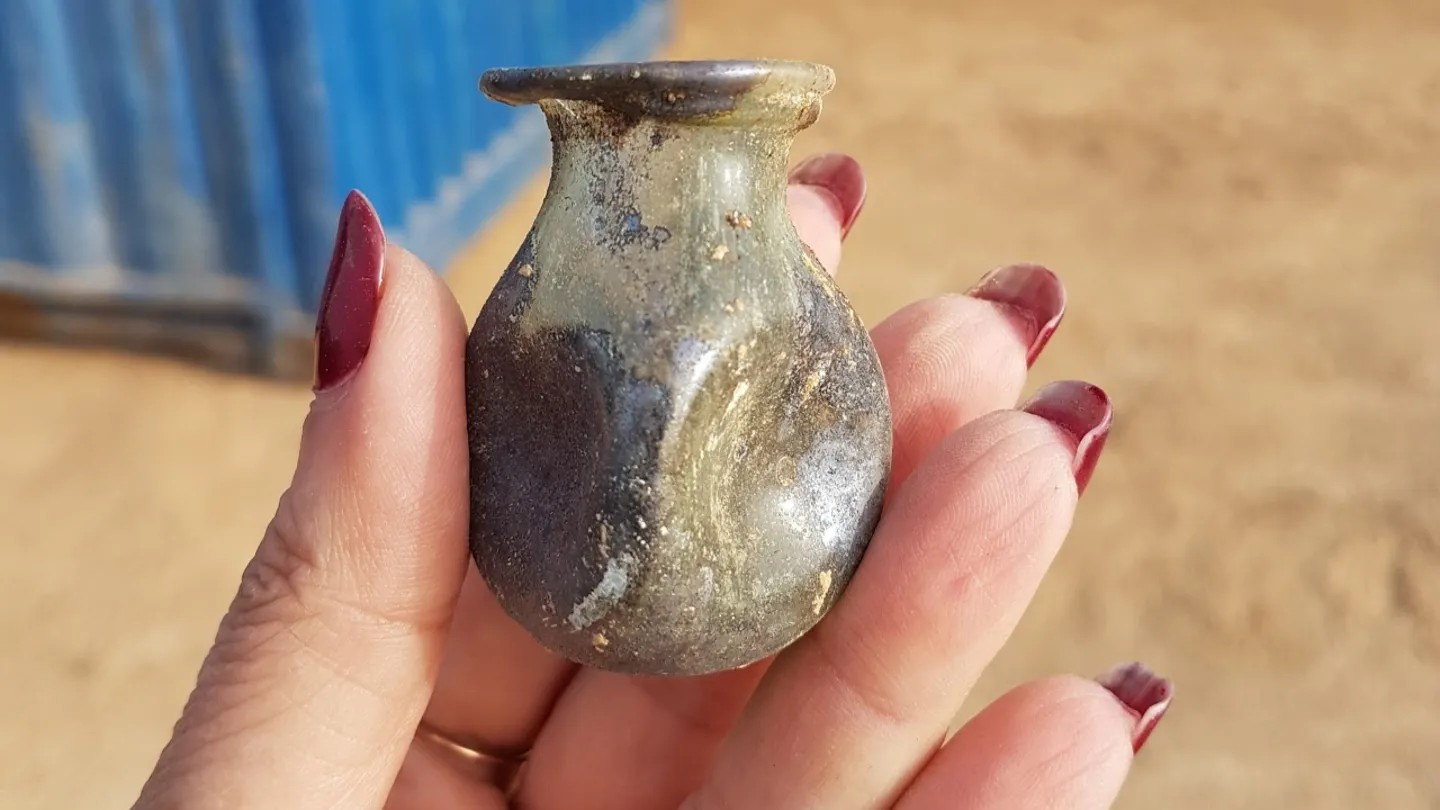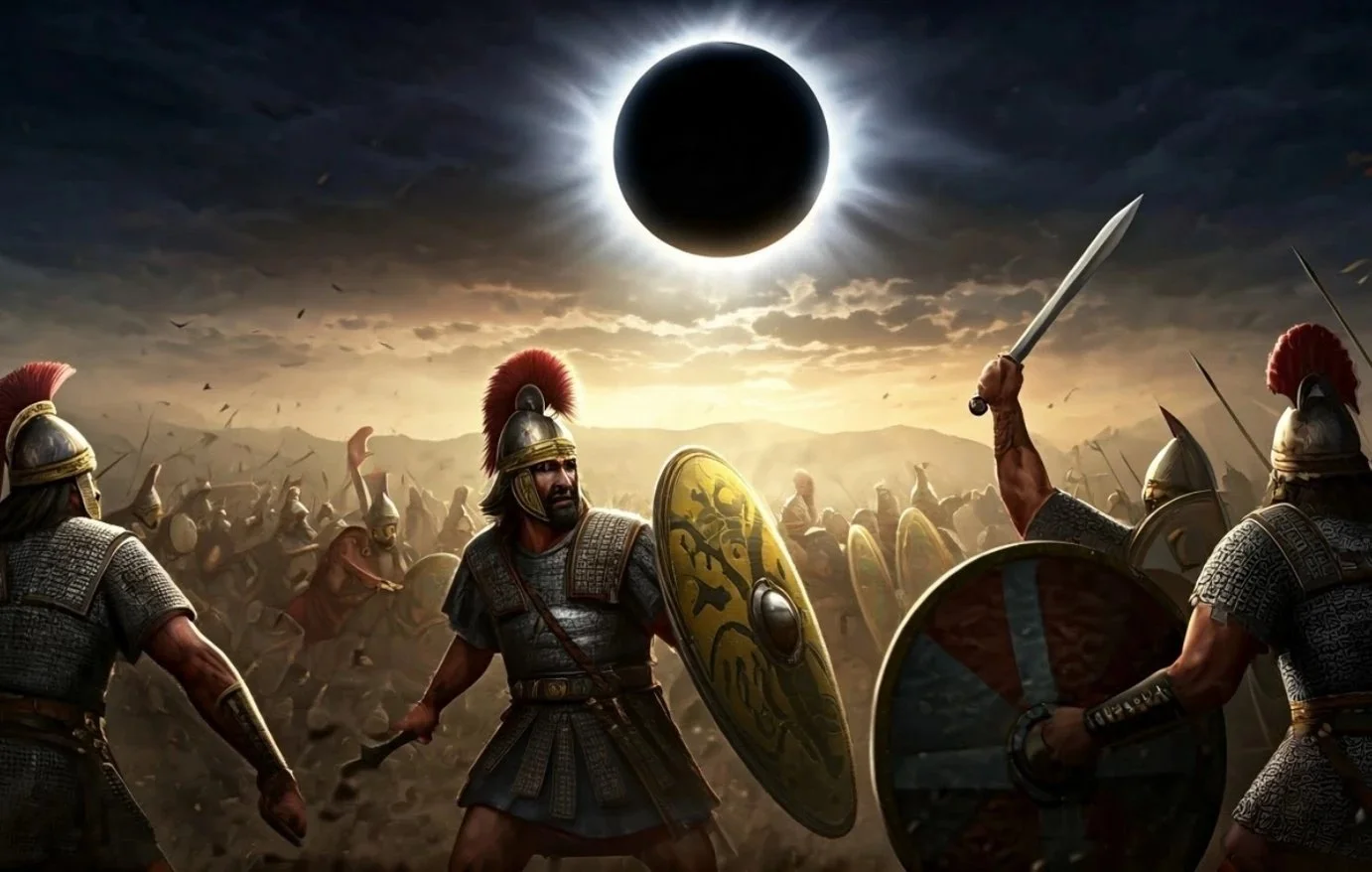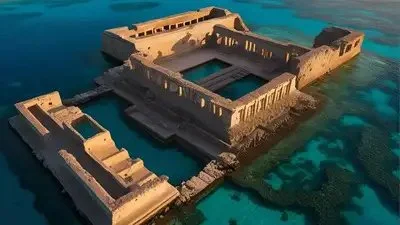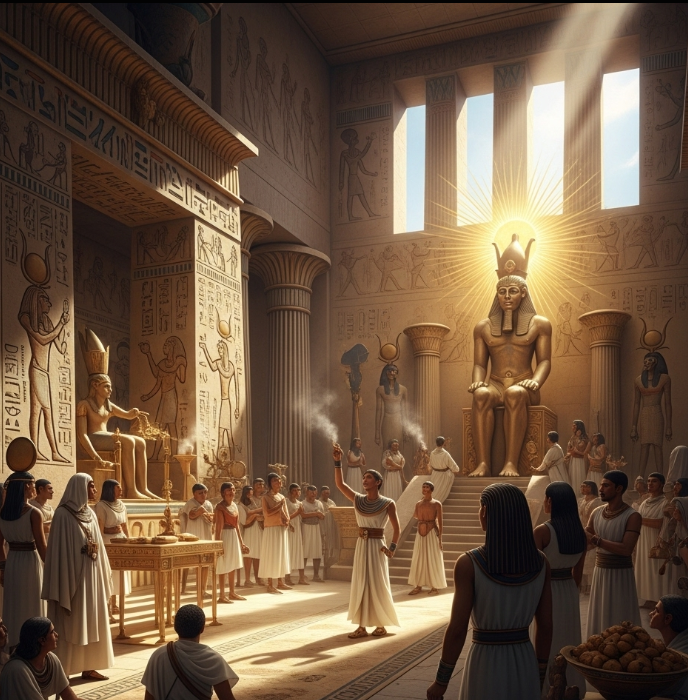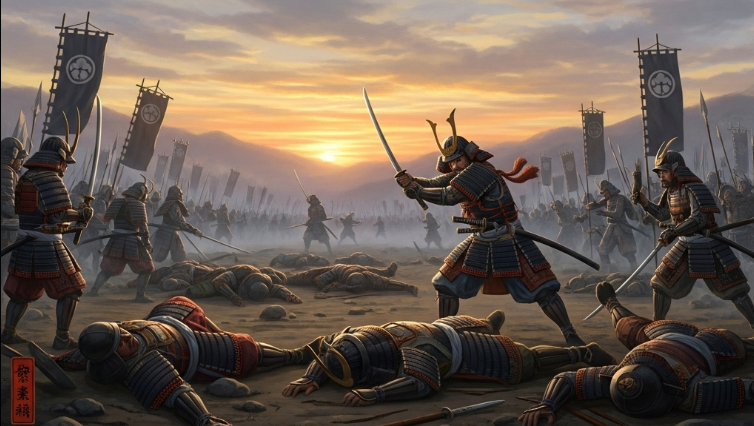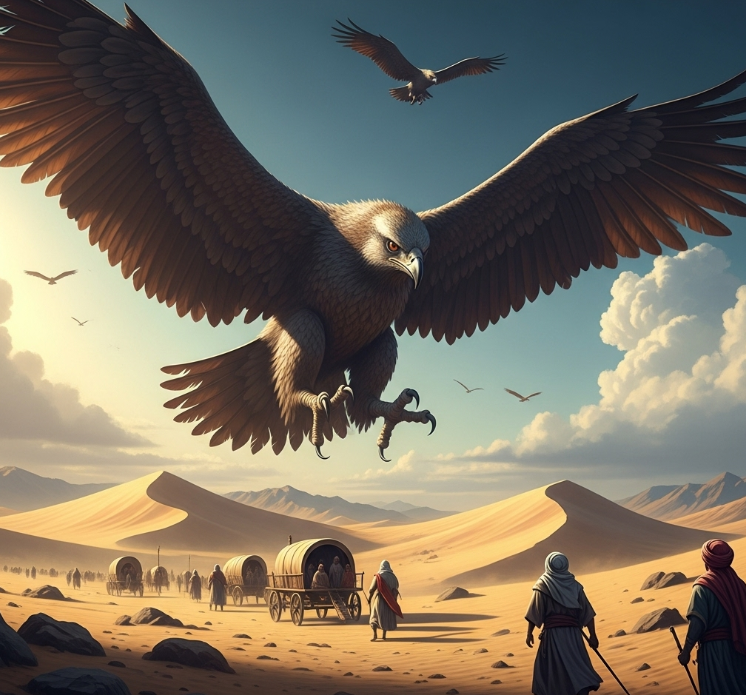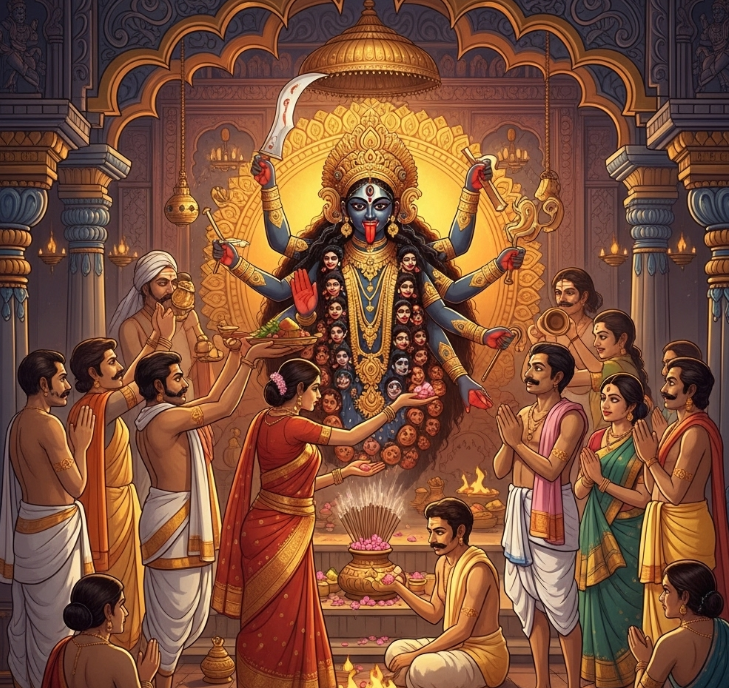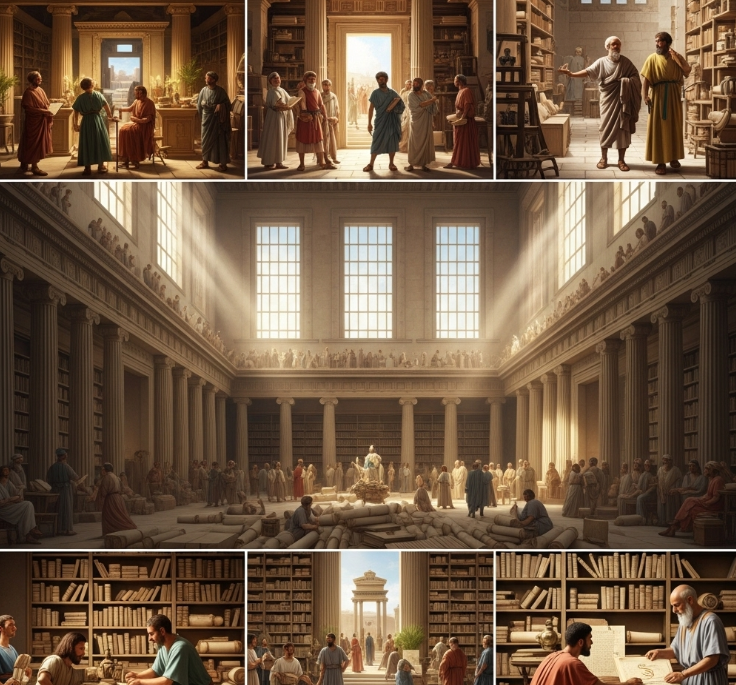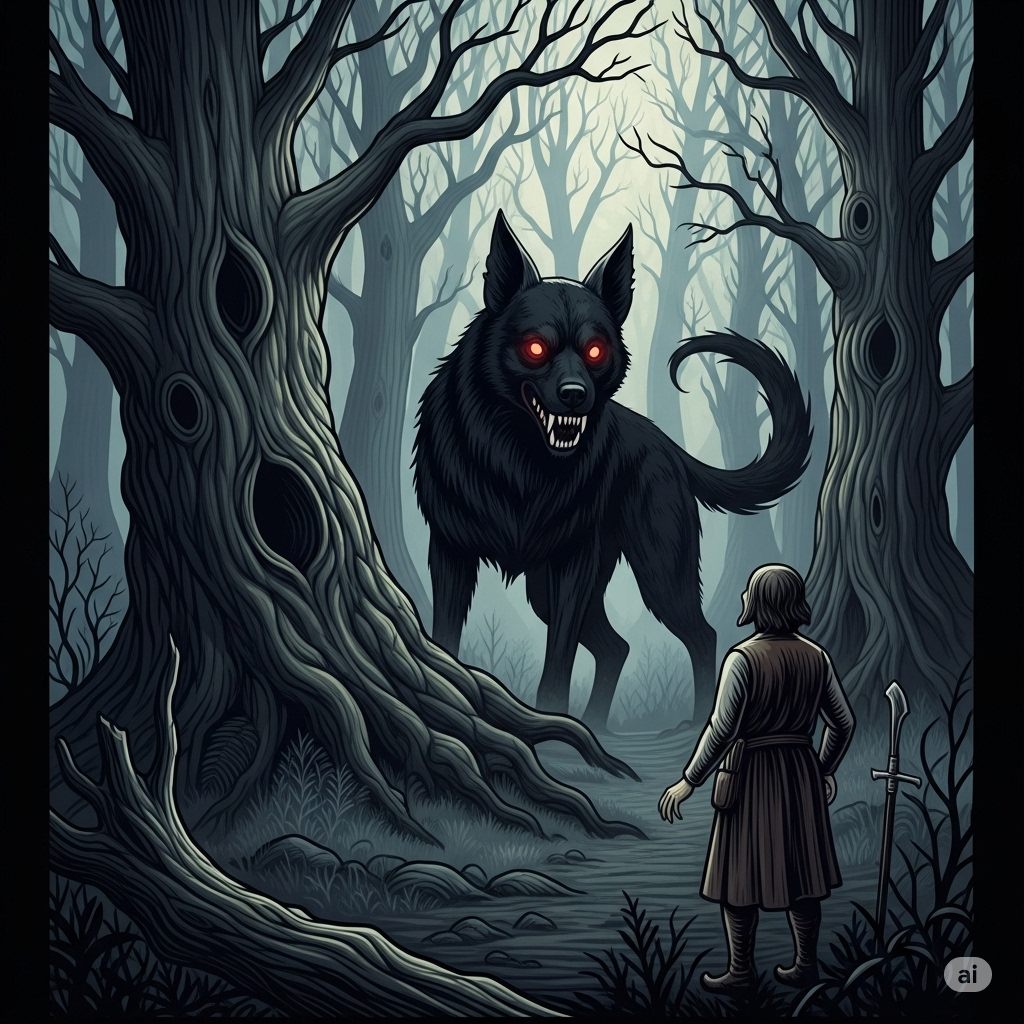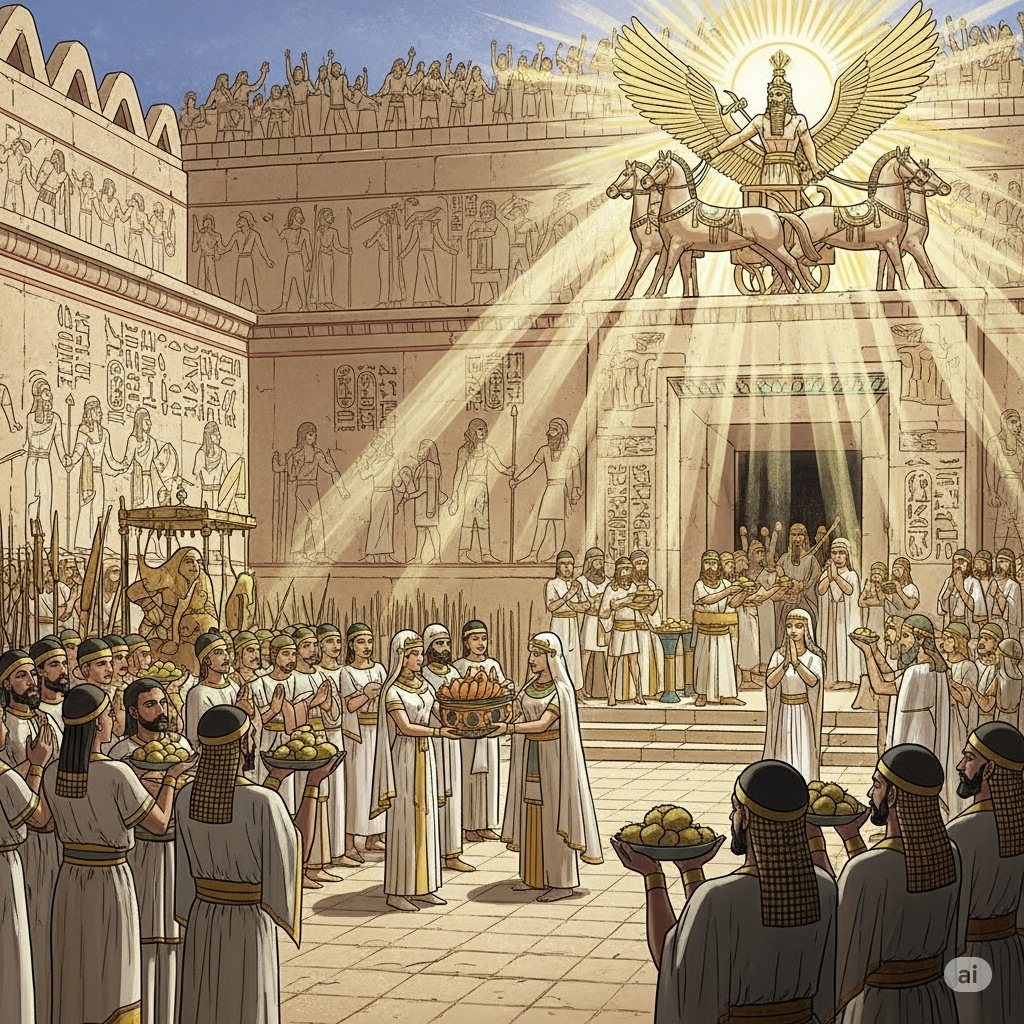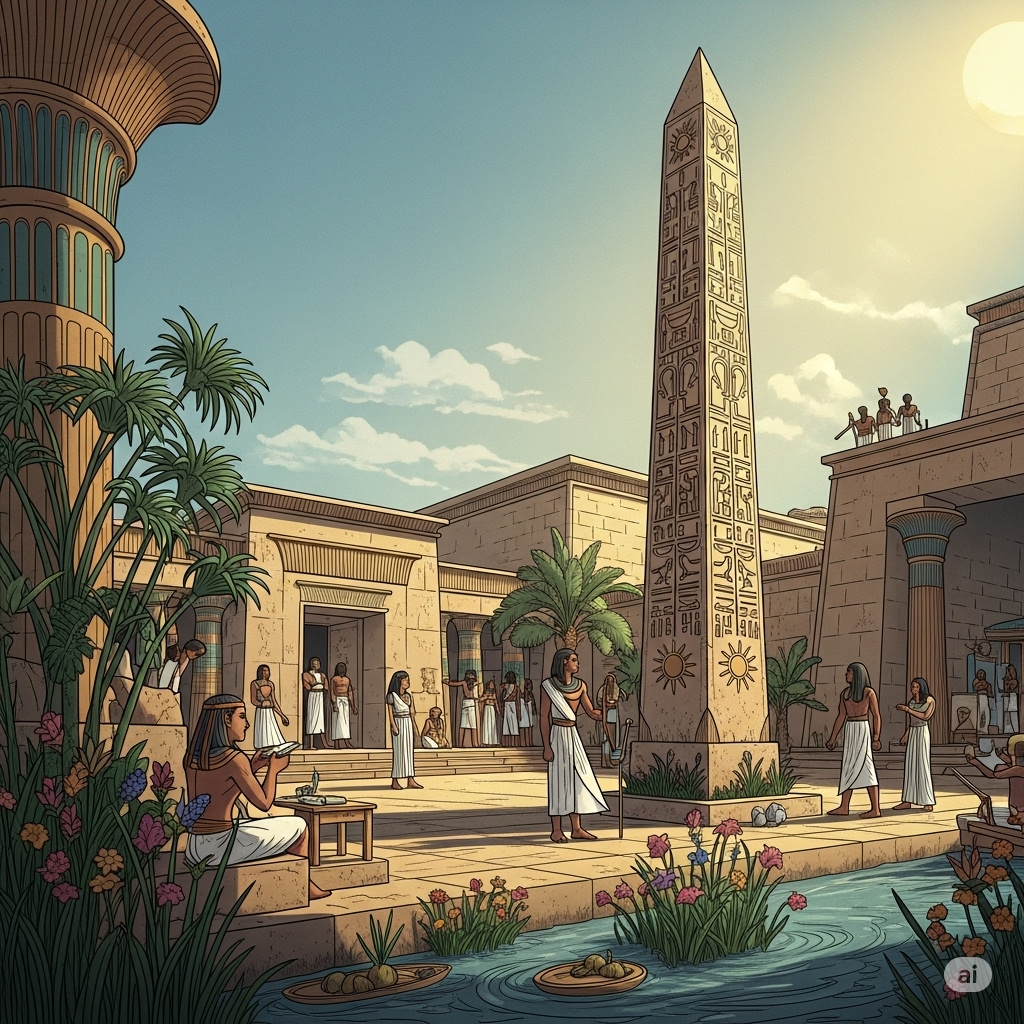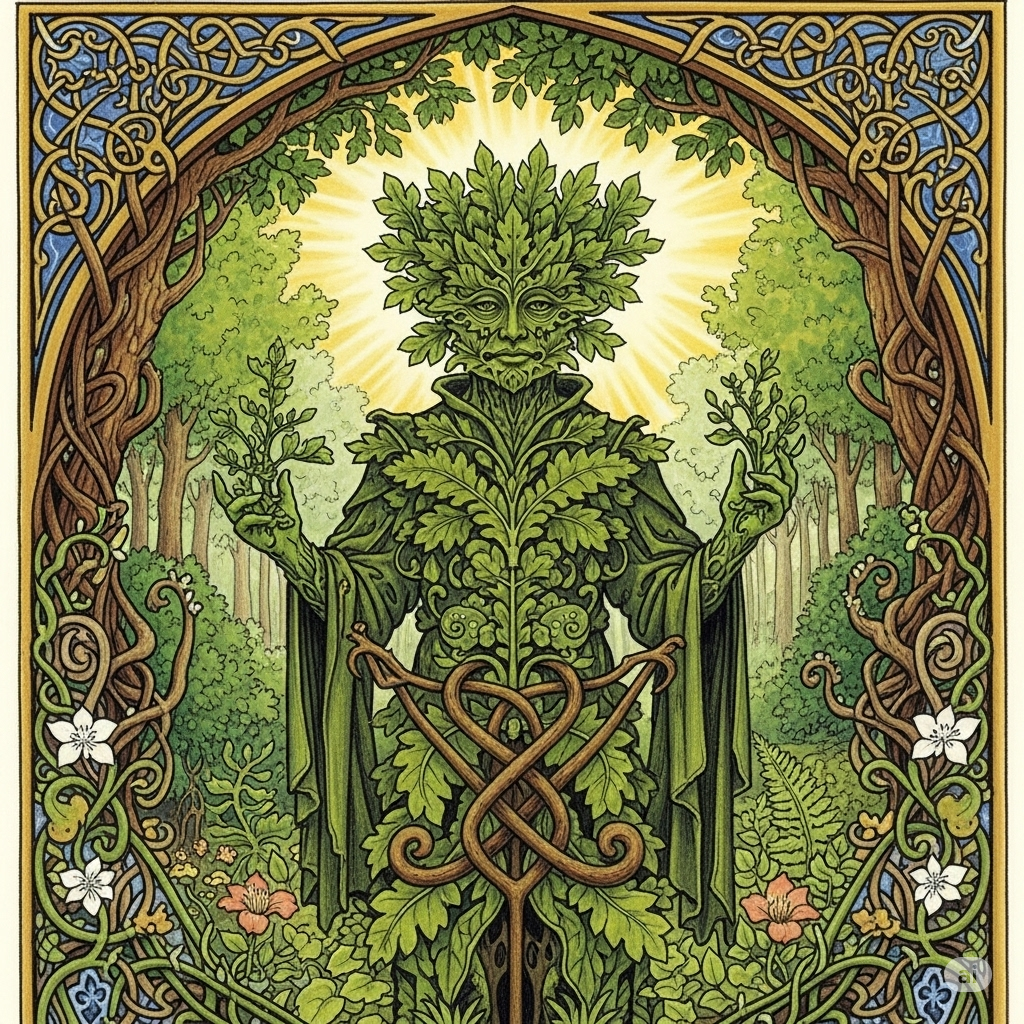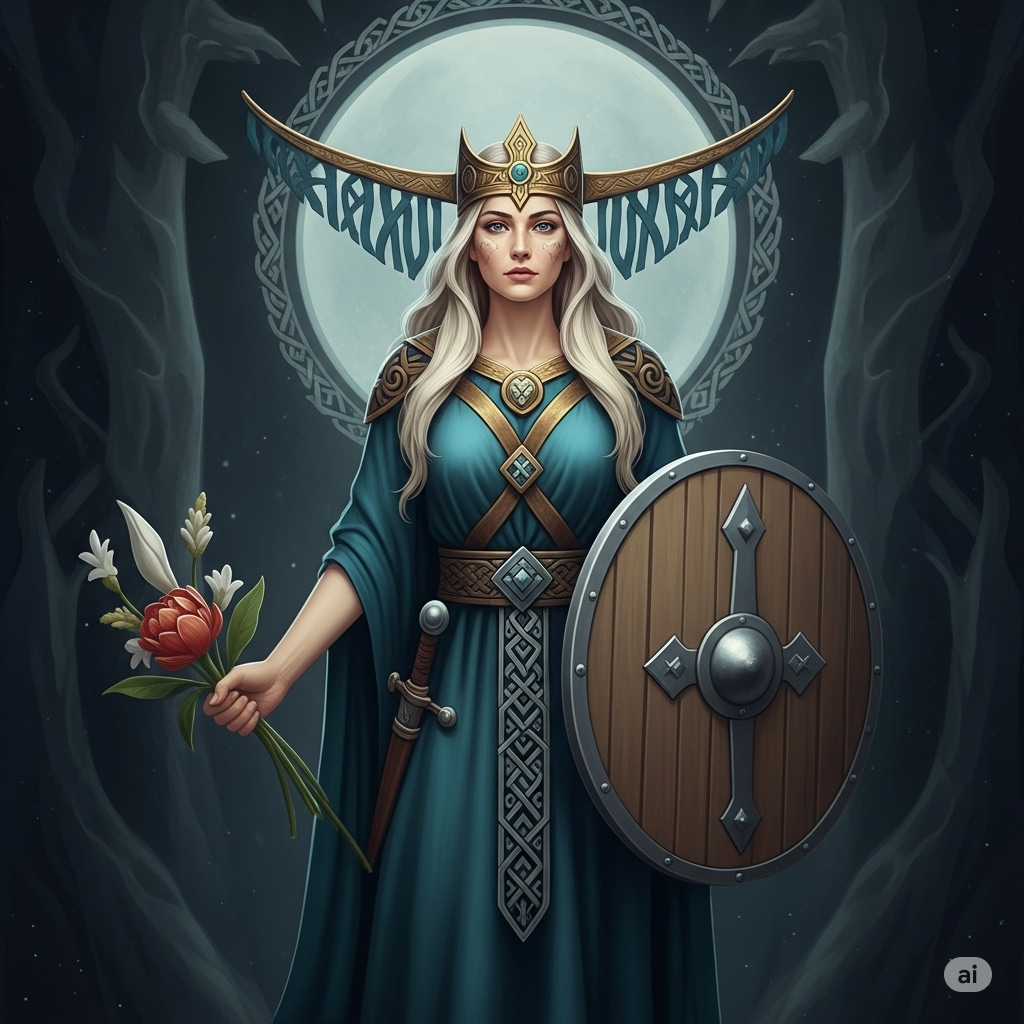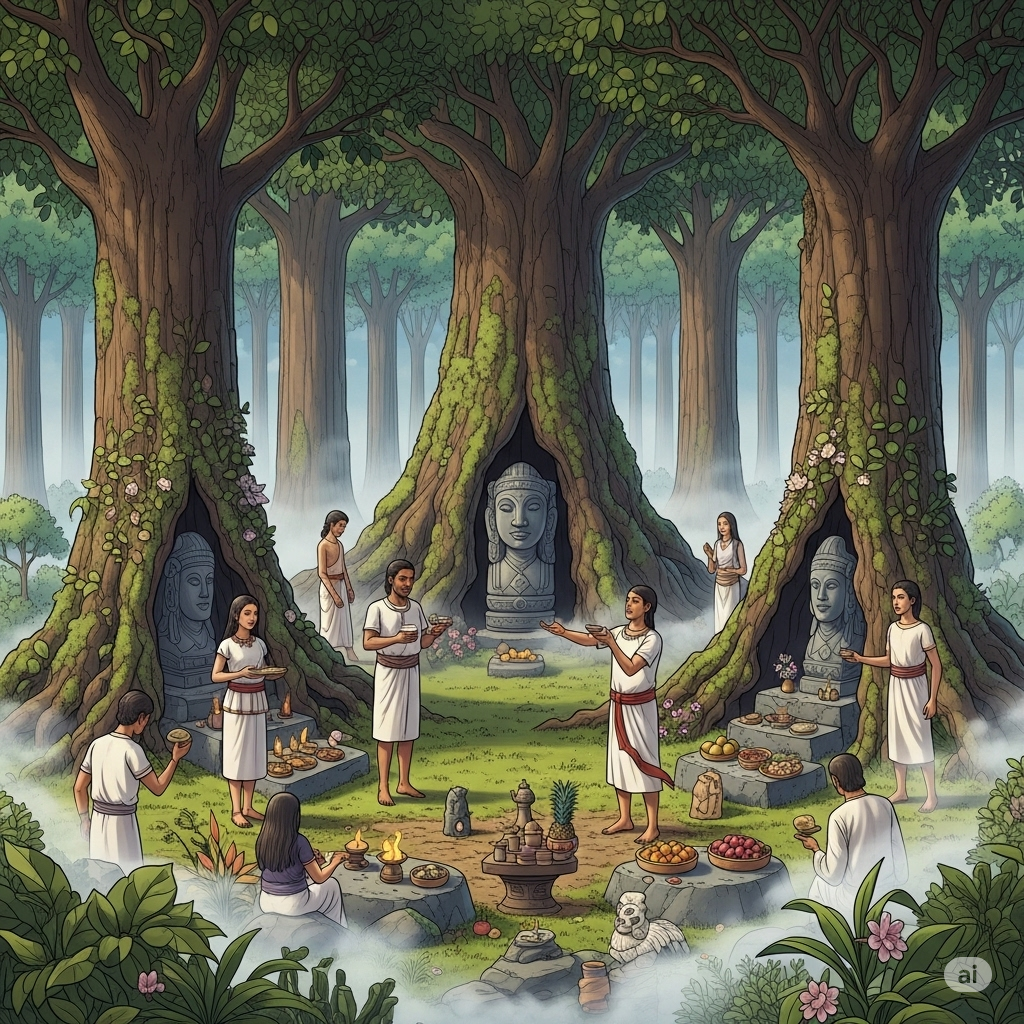Exploring Ra’s Divine Role, Celestial Journey, and Sacred Ties to Pharaohs
Few deities shine as brightly in the ancient world as Ra, the Egyptian sun god. He was more than a celestial body—Ra was creation, order, light, and kingship embodied. Worshiped for millennia, Ra stood at the center of Egypt’s cosmology, mythology, and daily life, blazing a golden path across both the sky and the sacred landscape of the Nile.
Let’s explore Ra’s divine nature, his mythic journey through the heavens and underworld, and his vital connection to Egypt’s rulers.
Ra: The Supreme Solar Deity
Ra (sometimes spelled Re) was the sun personified, one of the oldest and most significant gods in Egyptian religion. Emerging in early dynastic times, his worship solidified by the Old Kingdom (c. 2686–2181 BCE), when he became the state deity of Egypt.
Often depicted with a falcon head crowned by a solar disk, Ra was a radiant figure, symbolizing creation, kingship, and the force of life itself. In some depictions, the disk is encircled by a cobra (uraeus), signifying protection and divine power.
Ra’s Daily Journey: A Celestial Cycle
The Egyptians believed the sun’s movement across the sky was Ra traveling in a solar barque (boat), journeying from east to west each day.
Morning (Khepri): Ra rose in the form of Khepri, the scarab beetle, representing rebirth and dawn.
Midday (Ra): At the height of the day, he appeared as Ra, in his full strength and glory.
Evening (Atum): As the sun set, he became Atum, an older, wiser aspect, ready to descend into the underworld.
Each night, Ra’s barque traveled through Duat, the Egyptian underworld, where he battled the forces of chaos—especially the serpent Apophis (Apep) who tried to stop the sun’s rebirth. With the help of other gods like Set, Ra emerged victorious each morning, bringing light back to the world.
This eternal cycle symbolized renewal, order, and resistance against chaos, reflecting the Egyptian worldview.
Ra and the Creation of the World
Ra wasn’t just the sun—he was the origin of all creation. According to Heliopolitan theology (centered in Heliopolis, “City of the Sun”), Ra created himself out of Nun, the primordial waters, by sheer will.
From himself, he created:
Shu (air) and Tefnut (moisture)
Who in turn gave birth to Geb (earth) and Nut (sky)
Their children—Osiris, Isis, Seth, and Nephthys—formed the core of the Egyptian pantheon
Thus, Ra became the first king of the gods, a divine ancestor from whom all life descended.
The Divine Kingship: Ra and the Pharaohs
Perhaps Ra’s most enduring role was as the god of kingship. Pharaohs were seen as "Sons of Ra", chosen to rule as earthly embodiments of the sun god’s authority. This connection wasn't just metaphorical—it was a divine mandate.
Many pharaohs incorporated Ra’s name into their own, such as:
During the Fifth Dynasty, the worship of Ra became state doctrine. Sun temples (known as temples of the sun cult) were built, and pharaohs performed rituals to affirm their divine bond with the god, ensuring Ma’at—cosmic order and justice—was maintained.
Ra’s dominance also shaped later syncretic gods:
Amun-Ra: Merging the Theban god Amun with Ra to form a supreme deity of both solar and hidden forces.
Ra-Horakhty: A fusion of Ra with Horus, depicting Ra as “Horus of the Horizons”, bridging sky and sun.
Temples and Worship Practices
Ra’s major center of worship was Heliopolis (Iunu), a powerful religious and intellectual hub. Though little remains today, ancient texts speak of grand obelisks, temples, and priests dedicated to solar rites.
Worship practices included:
Sunrise prayers and offerings, often from temple rooftops
Daily rituals by priests, reflecting Ra’s cycle through the heavens
Solar hymns and litanies, praising Ra’s protection and creative power
One of the most beautiful surviving works is the Hymn to the Rising Sun, found in tombs and papyri, celebrating Ra’s daily victory over darkness.
Ra’s Influence Beyond Egypt
The worship of Ra didn’t end with ancient Egypt. His mythological framework deeply influenced:
Greco-Roman solar deities, such as Helios and Sol Invictus
Later esoteric traditions, where Ra is seen as a source of universal energy
Modern pop culture and spirituality, where he appears in video games, books, and new-age philosophies
Even today, Ra’s image as the eternal sun carries spiritual resonance, symbolizing clarity, enlightenment, and renewal.
Conclusion
Ra was more than a sun god—he was the light of civilization, the engine of creation, and the soul of kingship in ancient Egypt. His journey across the sky mirrored the rhythm of life and death, order and chaos, day and night.
In worshiping Ra, the Egyptians honored not only the sun but the very essence of life, the force that made crops grow, guided rulers, and vanquished darkness.
And as long as the sun rises, Ra’s story continues to shine.

